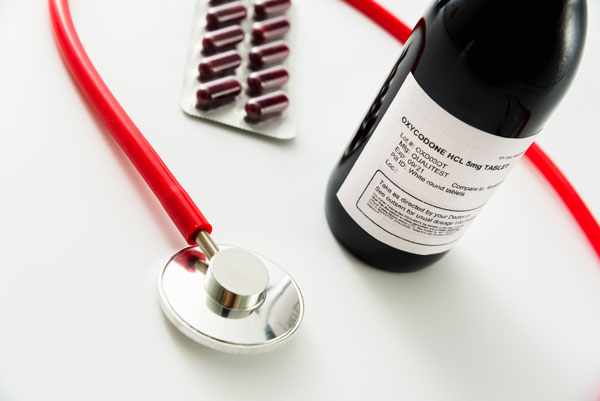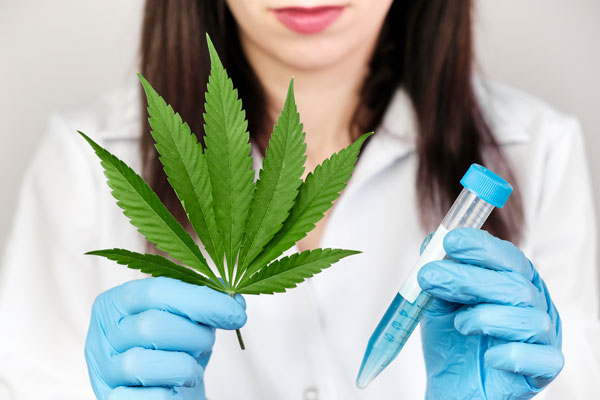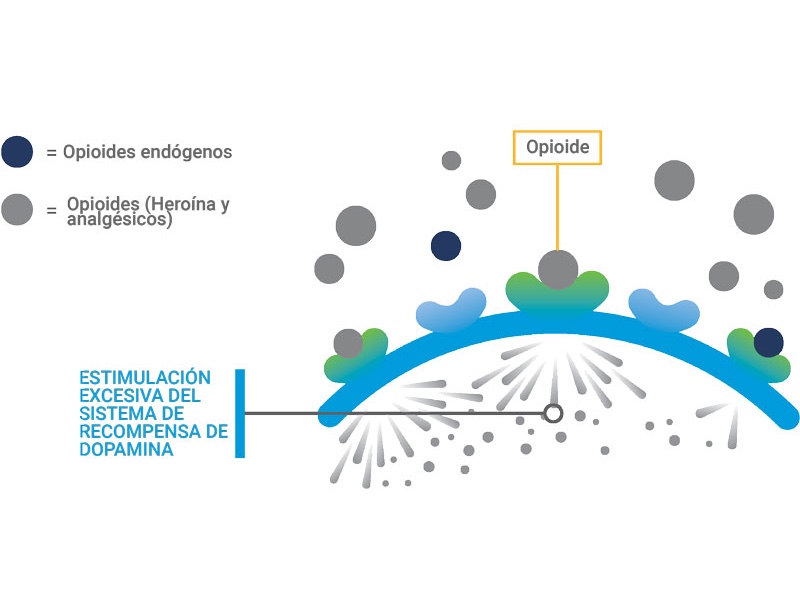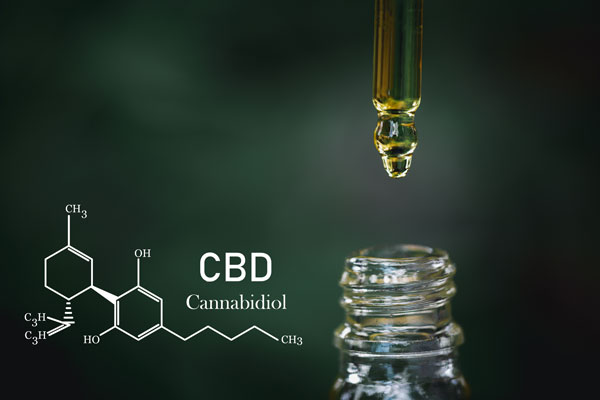Treatments and Services
Before outlining our services, it is crucial to mention one of the most significant issues that needs stabilization: The Craving.

What is the Craving?
This is one of the neurochemical imbalances that needs to be stabilized promptly. In English this word means to desire, crave, urge, or as most patients refer to it… anxiety to consume again.
The most common example is when someone goes on a diet and avoids carbohydrates and fats for a while. In the first week, there’s no problem, but from the second or third week onwards, cravings intensify and often lead to breaking the diet (relapse). This same effect is felt with substances, but multiplied by 100, 200, 300, or even 500% and more, surpassing one’s control and leading to relapse.
That’s why it’s important to understand that if this symptom isn’t addressed as part of the treatment, it will be responsible for more than 80% of relapses.
"If the craving isn't addressed and treated, it becomes a ticking time bomb that shatters any promise and explodes with relapse."
Judah Hernández M.D.
What treatment options are there for craving?
The most important question: What is the solution? The good news is that this craving is treatable. In this day and age, treatments have become increasingly specialized and personalized.
And addictions are no exception. Today, there are various options available, including implants, capsules, drops, psychotherapeutic strategies, or a combination of these. However, treatment should be personalized.
The combination of these strategies is known as harm reduction. They have been used worldwide for over 15 years and in Mexico for the past 5 years with outstanding results!
All these strategies are handled by an addiction medicine specialist.

A personalized treatment.
Each patient is different and may be a candidate for a treatment or combination of strategies, yielding results within the first three months. These are professionally referred to as harm reduction strategies

Opioid antagonists

Psychotherapy

Phytocannabinoids

Implants
Schedule an ADDICTION MEDICINE ASSESSMENT and receive personalized assistance with diagnosis. We’ll tailor treatment to your needs, start stabilization, and manage cravings with medication.
How do these treatments work?
Many of these treatments work by precisely targeting and blocking specific receptors that, due to excessive and prolonged use, no longer function properly. This helps correct the neurochemical imbalance that leads to relapse.
One of these receptors are the opioid receptors responsible for craving, appetite, and subsequent relapse for various substances such as alcohol, cocaine including crack, amphetamines and methamphetamines like crystal, as well as heroin and its derivatives. By blocking them through specific and specialized pharmacological action, the overload of malfunctioning neurochemicals is stabilized, and the desire or anxiety to consume again is reduced by up to 80%.

From the initial consultation, an Addiction Medicine Specialist carries out the following steps:
Personalized diagnosis and treatment
Start stabilization
Pharmacological management of the Craving
To begin treatment, you must schedule an Addiction Medicine Medical Assessment. This medical assessment provides the patient with a personalized diagnosis and initial treatment tailored to their needs. It is recommended to follow up on this treatment for periods of 3 to 4 months to ensure favorable results.
Pharmacological Treatments
Naltrexone Implant
They are specialized formulations that are placed under the skin and release over extended periods of time. The substance is Naltrexone, which has been used for half a century to prevent relapses and was originally used with heroin patients. With a very high success rate, but since it was an orally taken medication, patients would often discontinue the treatment once they felt better, leading to subsequent relapse.
The implants ensure continuous medication administration 24 hours a day, 7 days a week. The current presentation available in Mexico lasts for 3 months. It reduces the craving to consume and prevents relapses by 80%. Its effectiveness has been proven for substances such as Heroin, Alcohol, Cocaine, including Crack, and Amphetamines including Methamphetamines or Crystal.
If the treatment is continued for more than 6 or 9 months, it’s possible for the patient to become gradually accustomed to being without the substance (Detoxification), much like smokers who, after abstaining for 6 months, no longer crave cigarettes. If they do try one, they may find that it no longer has the same effect and may quit. The same can happen with other substances, but since each patient is different it is important to evaluate them individually to determine the duration of treatment needed.

Reg SSA 066M200T, SSA III Aut. Cofepris presentación pellet para implante No. 18330DEL0400B6 a CWM con Lic Sanitaria Drogueria No. 0202111222
CBD (Cannabidiol)
CBD or cannabidiol are phytomedicines, medications derived from plants, specifically from hemp.
Its clinical effectiveness has been demonstrated for over 10 years.
Currently, they are used in treatments within clinical specialties such as Neurology (difficult-to-control epilepsy, Parkinson’s), Algology (pain medicine), and Oncology (pain management in terminal cancer).
In addiction treatment, it’s an excellent alternative for managing medication-resistant anxiety and withdrawal syndrome from alcohol, marijuana, cocaine, benzodiazepines, and heroin.
It is an excellent pharmacological therapy because its site of action is a highly specialized system known as the endocannabinoid system, which is involved in regulating many functions related to emotion management and impulse control.
MOST IMPORTANTLY, THEY DO NOT CREATE DEPENDENCE. AND ONCE THE PATIENT NO LONGER NEEDS THE MEDICATION, IT CAN BE DISCONTINUED WITHOUT CAUSING WITHDRAWAL SYNDROME.
The implants ensure continuous medication administration 24 hours a day, 7 days a week. The current presentation available in Mexico lasts for 3 months. It reduces the craving to consume and prevents relapses by 80%. Its effectiveness has been proven for substances such as Heroin, Alcohol, Cocaine, including Crack, and Amphetamines including Methamphetamines or Crystal.
If the treatment is continued for more than 6 or 9 months, it’s possible for the patient to become gradually accustomed to being without the substance (Detoxification), much like smokers who, after abstaining for 6 months, no longer crave cigarettes. If they do try one, they may find that it no longer has the same effect and may quit. The same can happen with other substances, but since each patient is different it is important to evaluate them individually to determine the duration of treatment needed.


Aviso Funcionamiento y Responsable Sanitario Cofepris No. 213300519P0053

